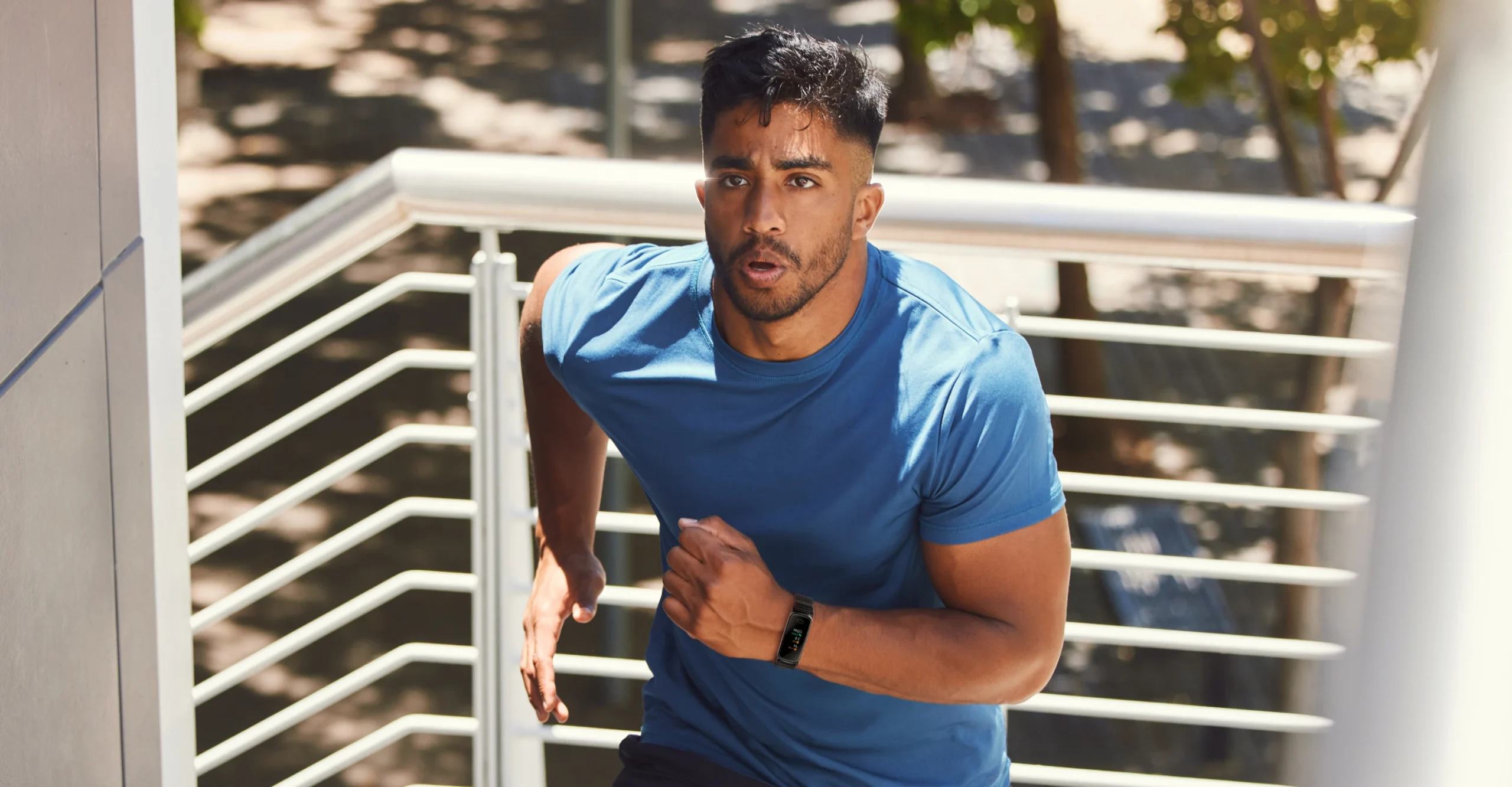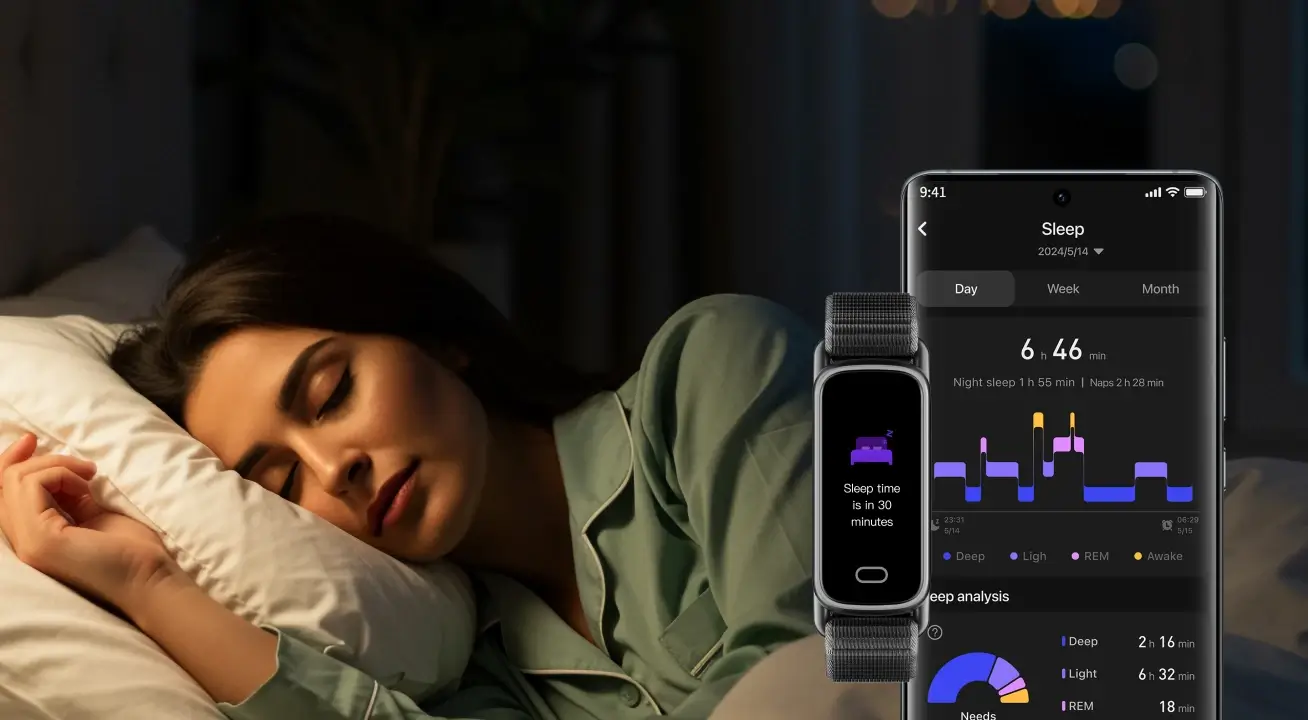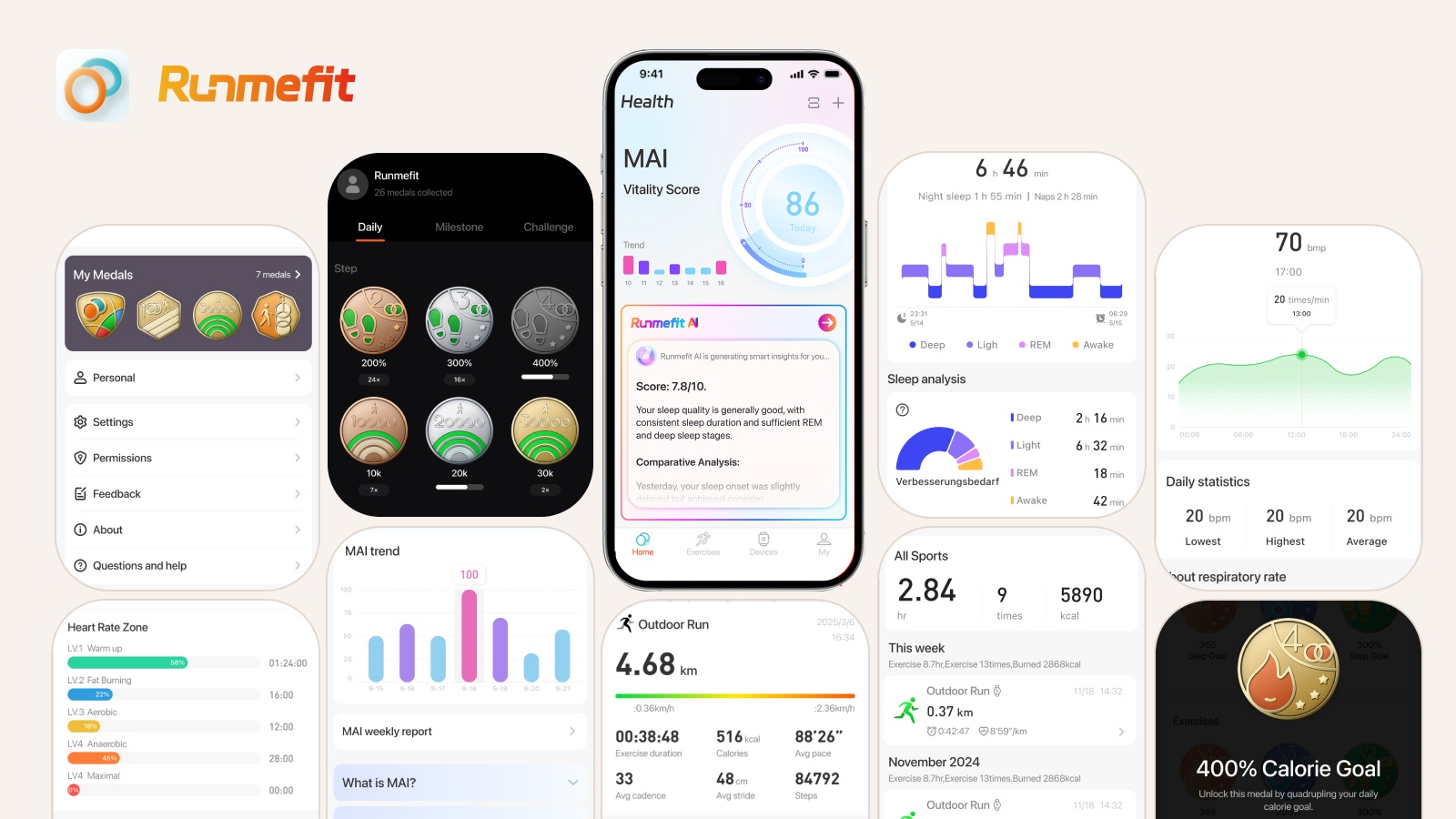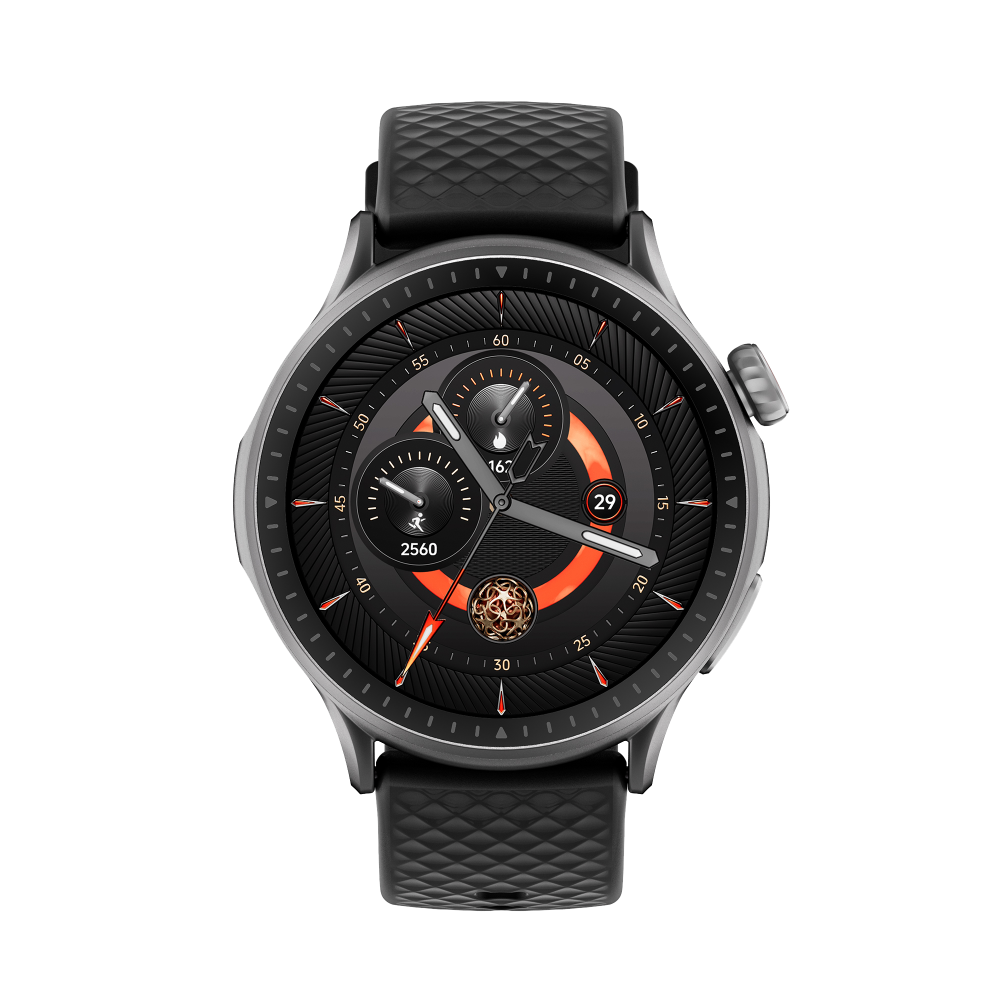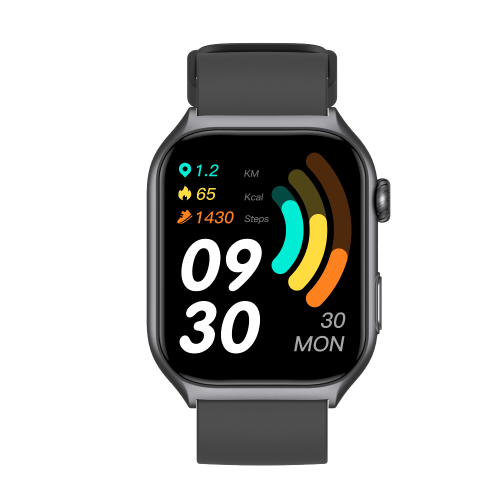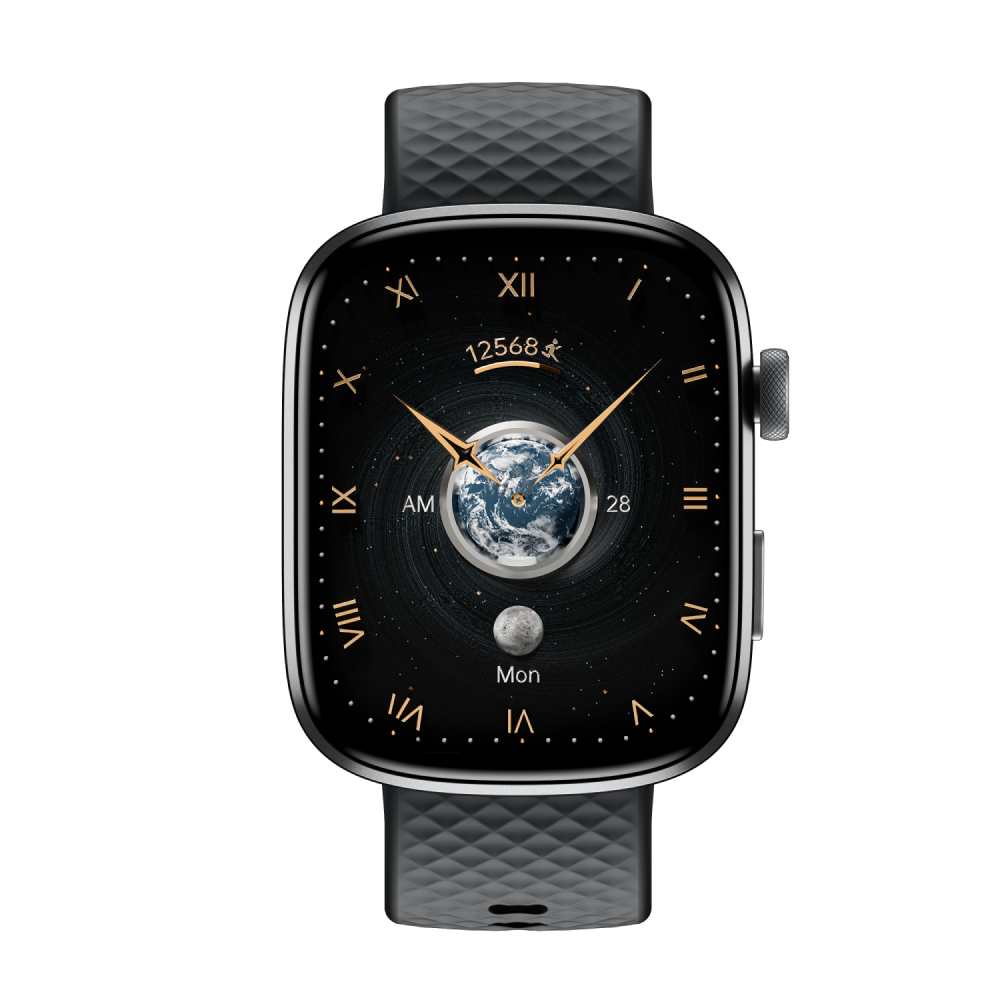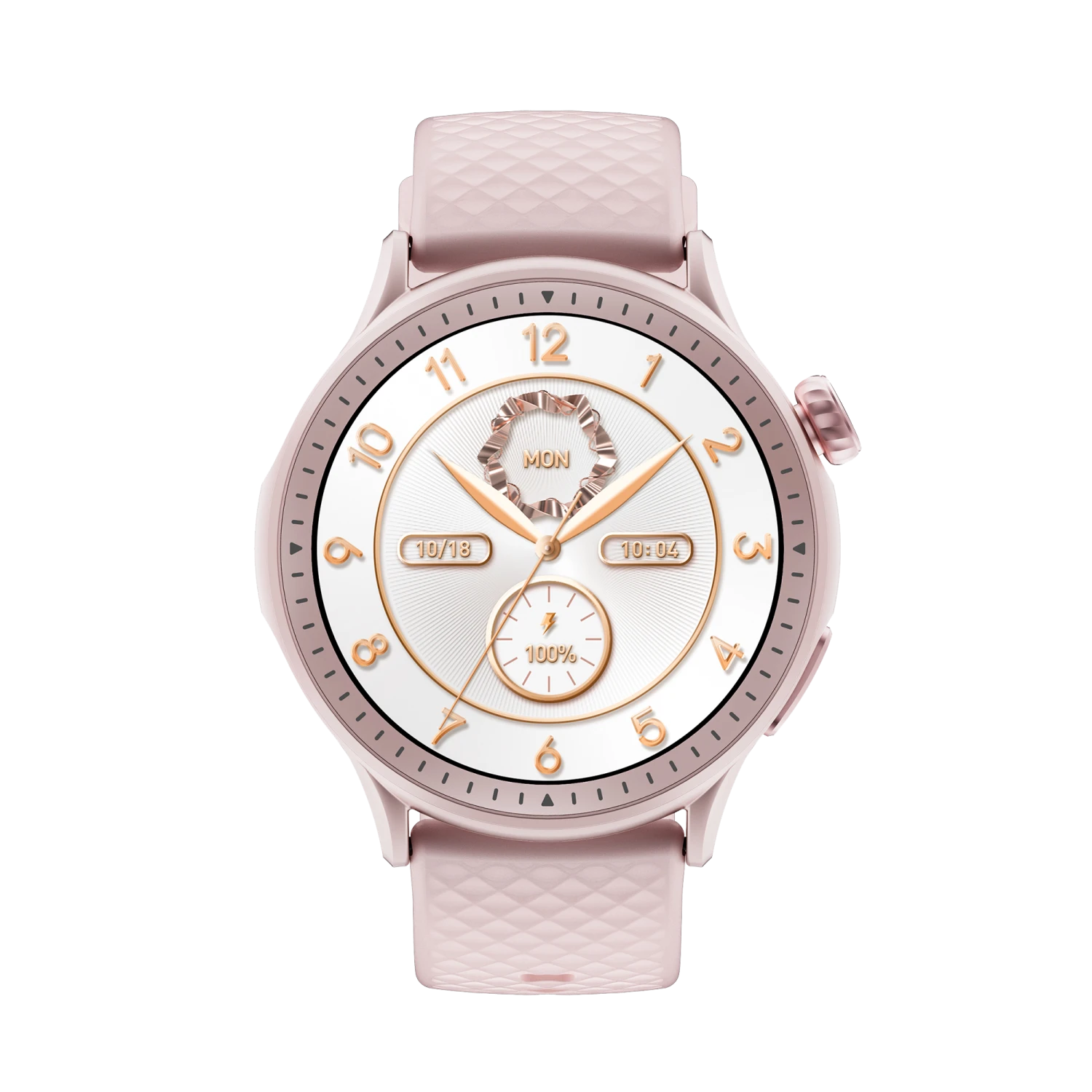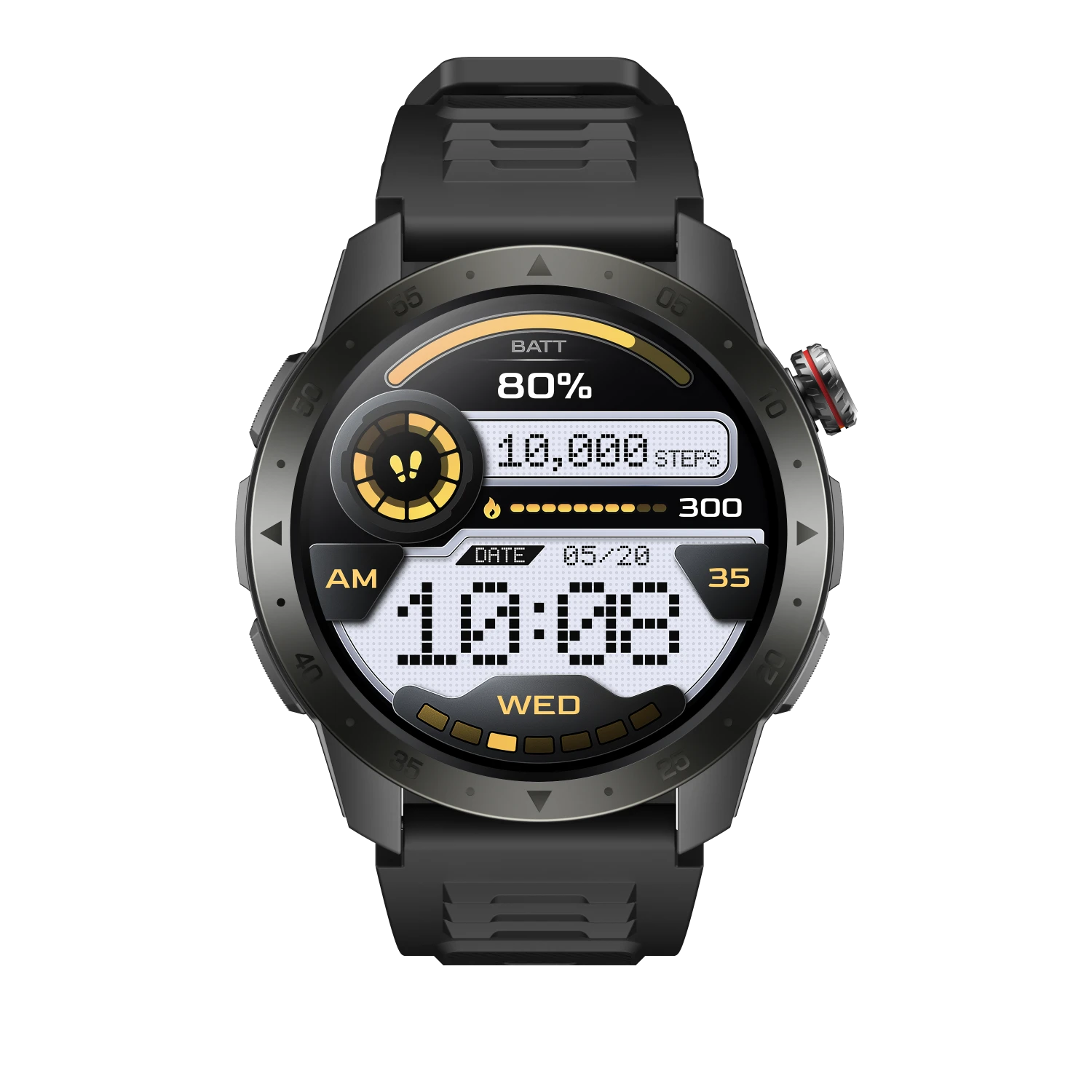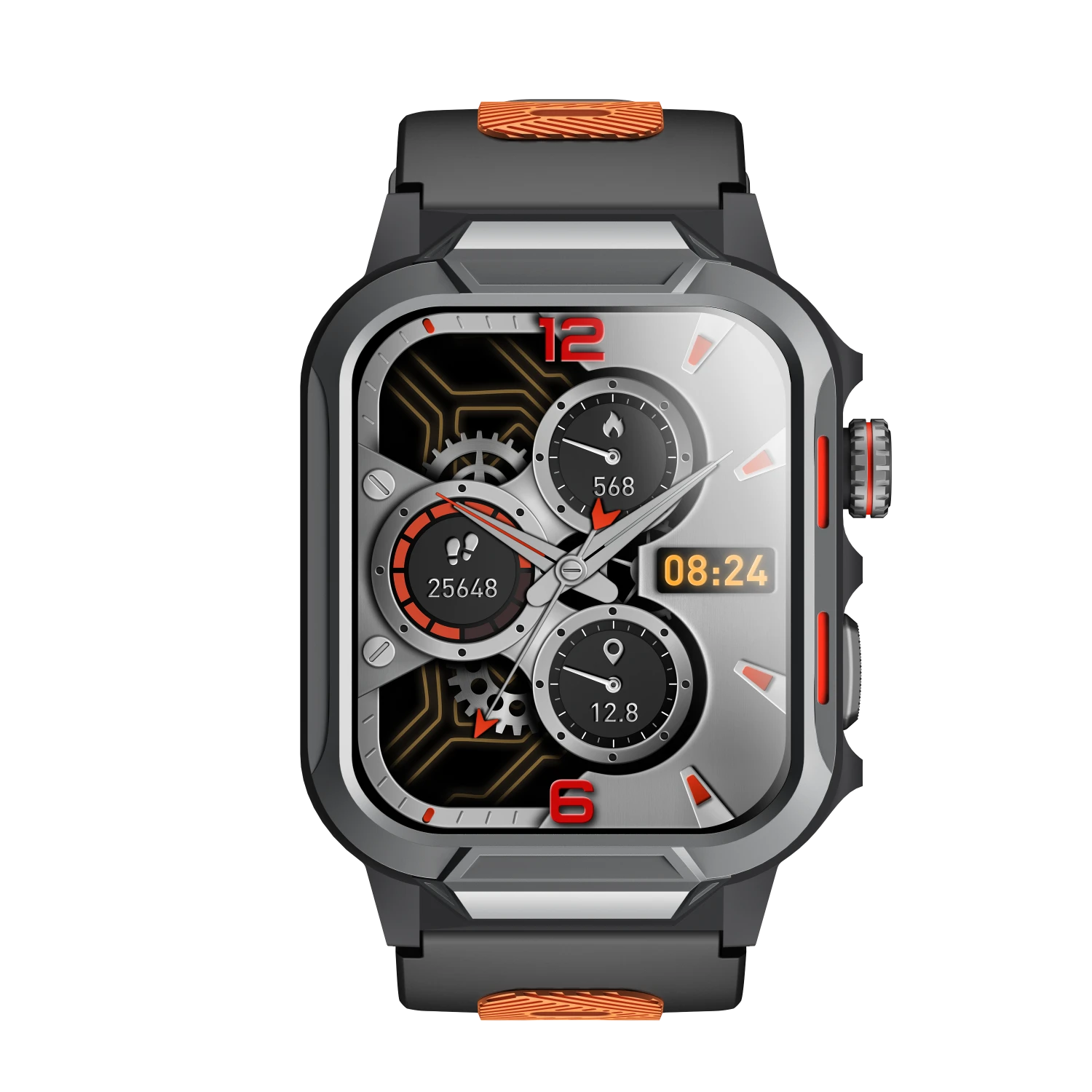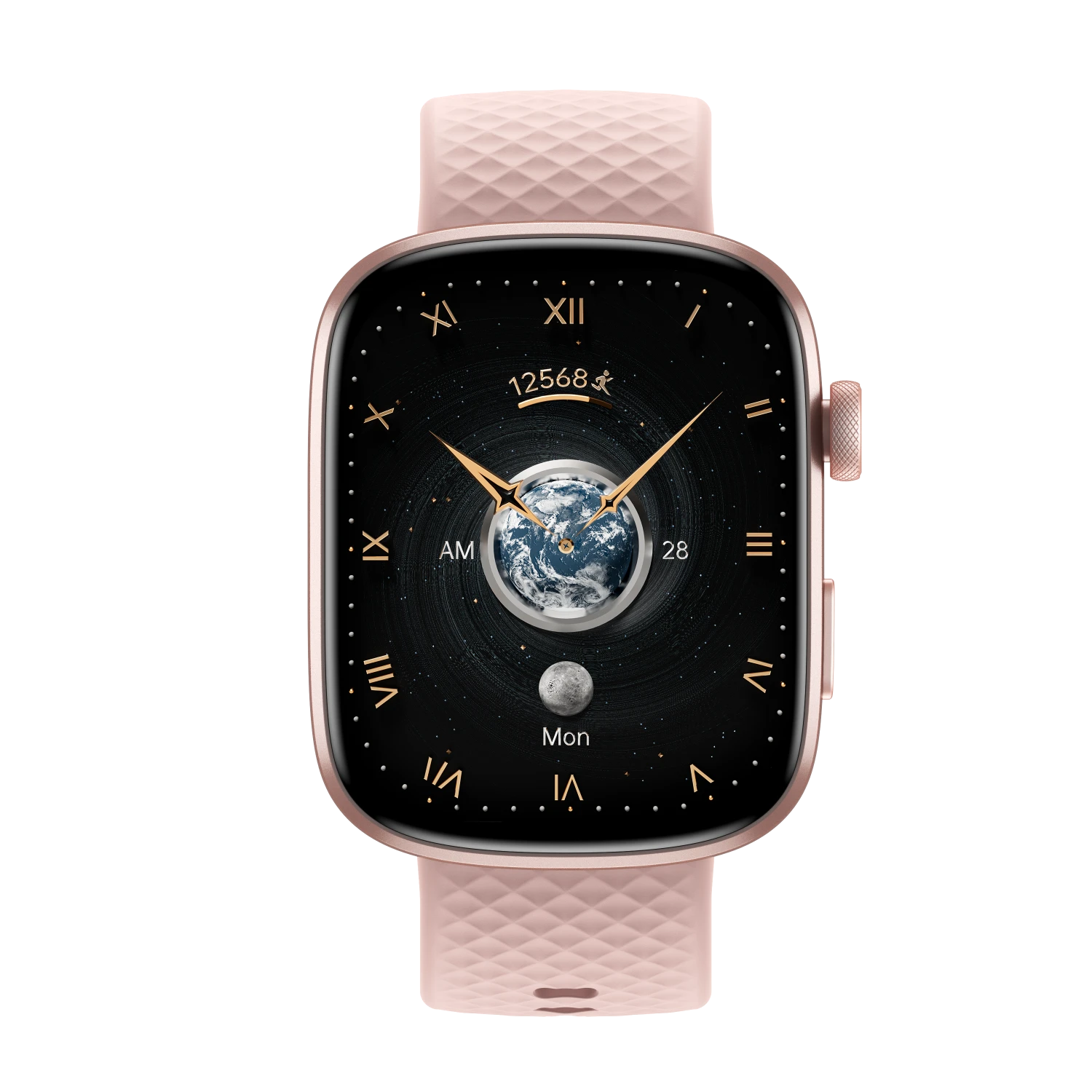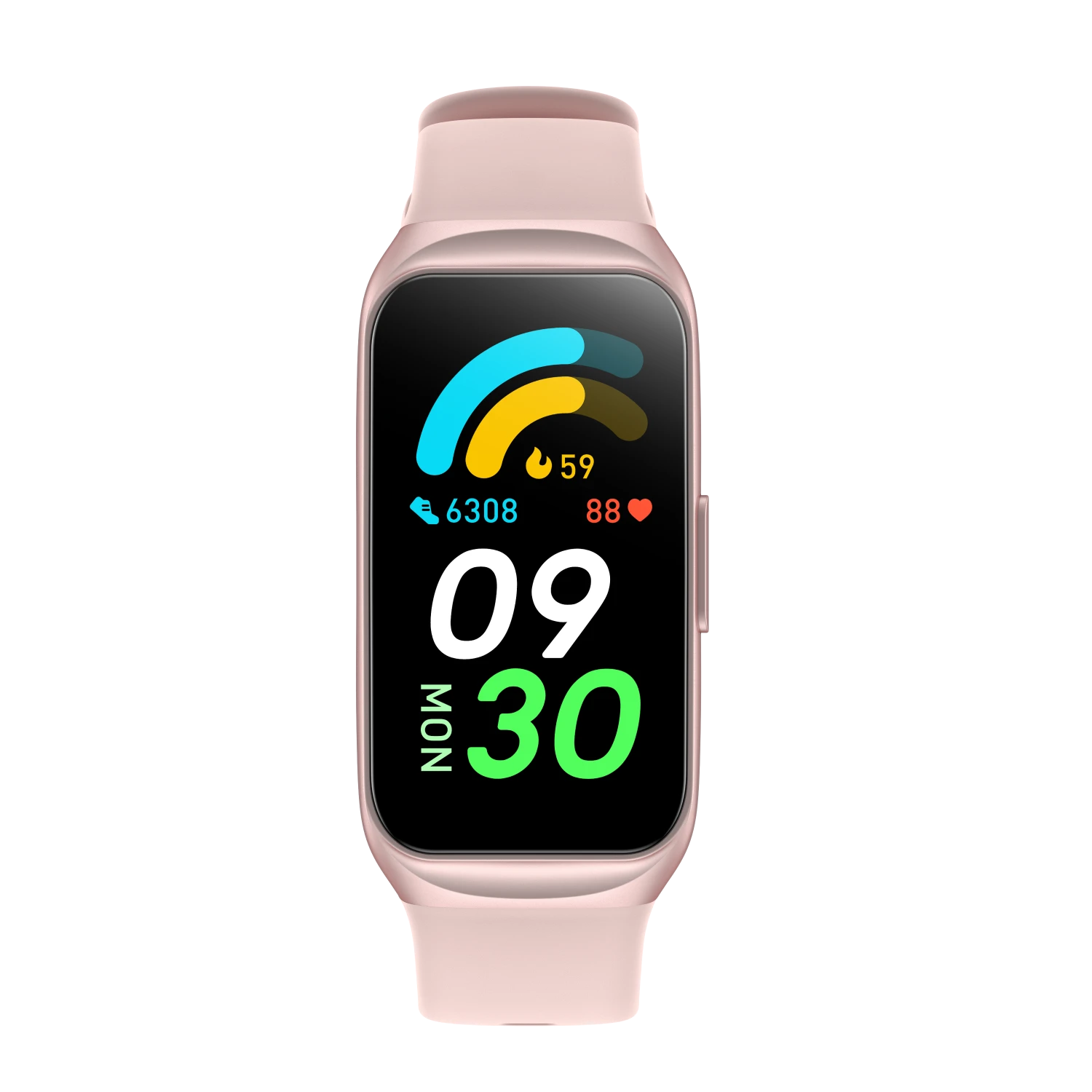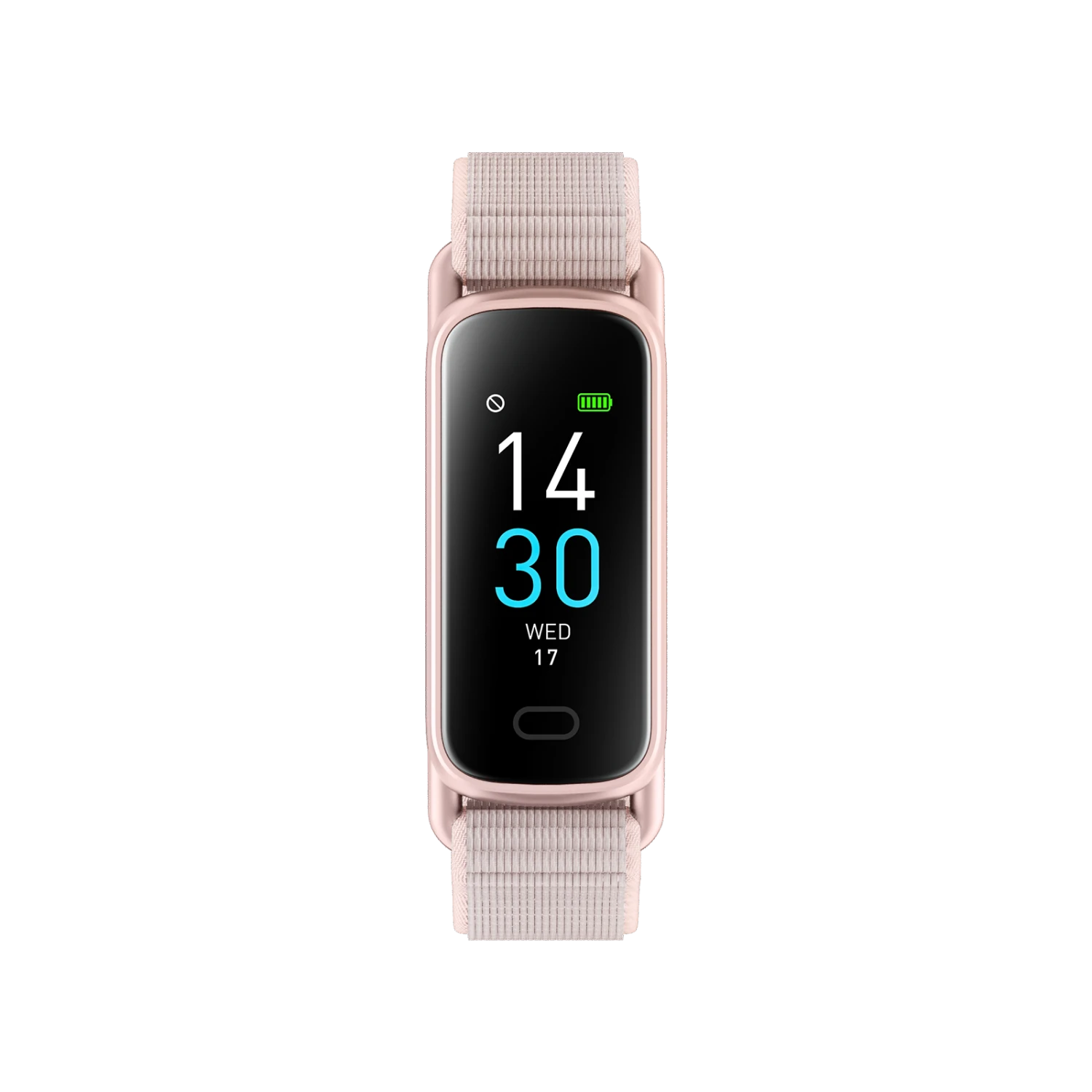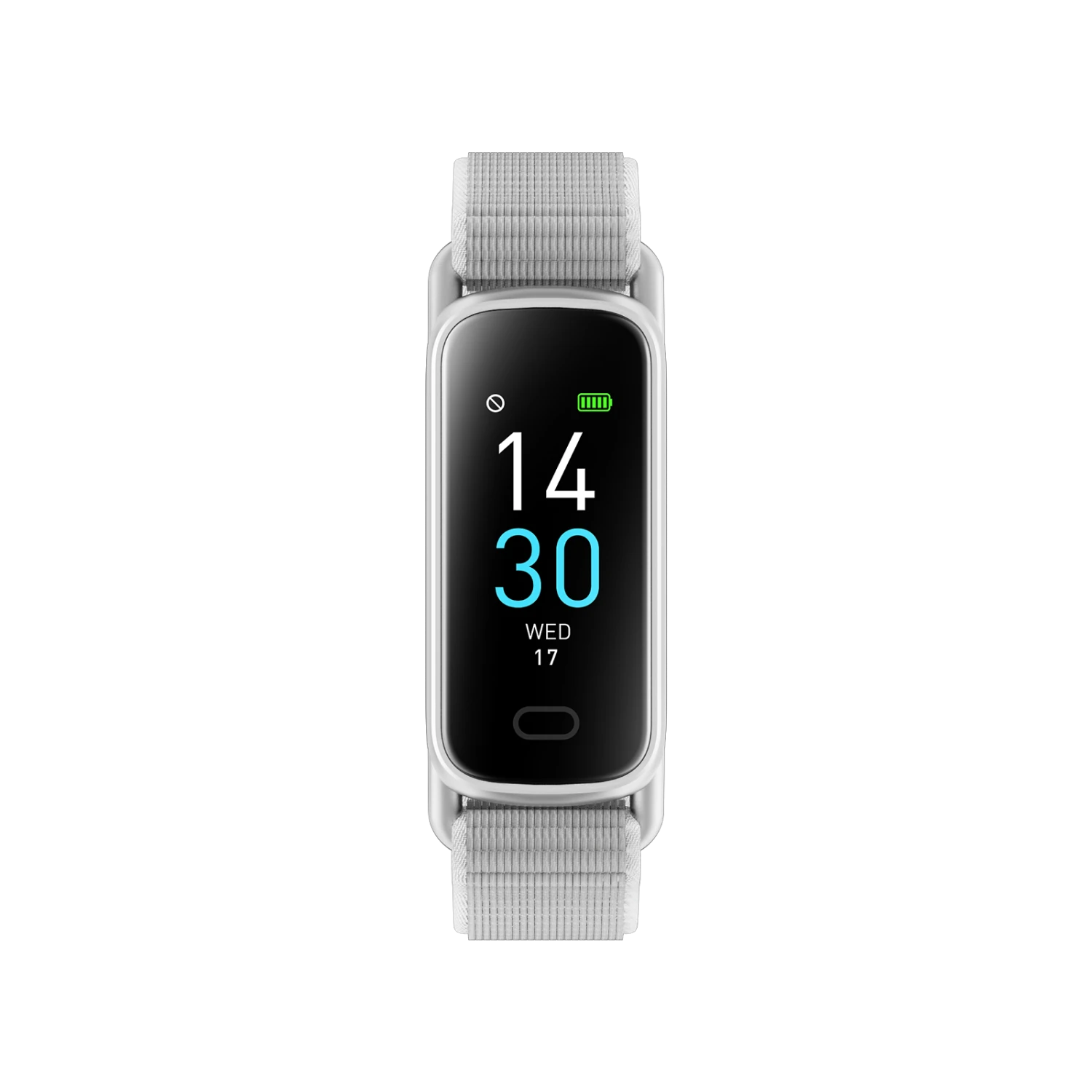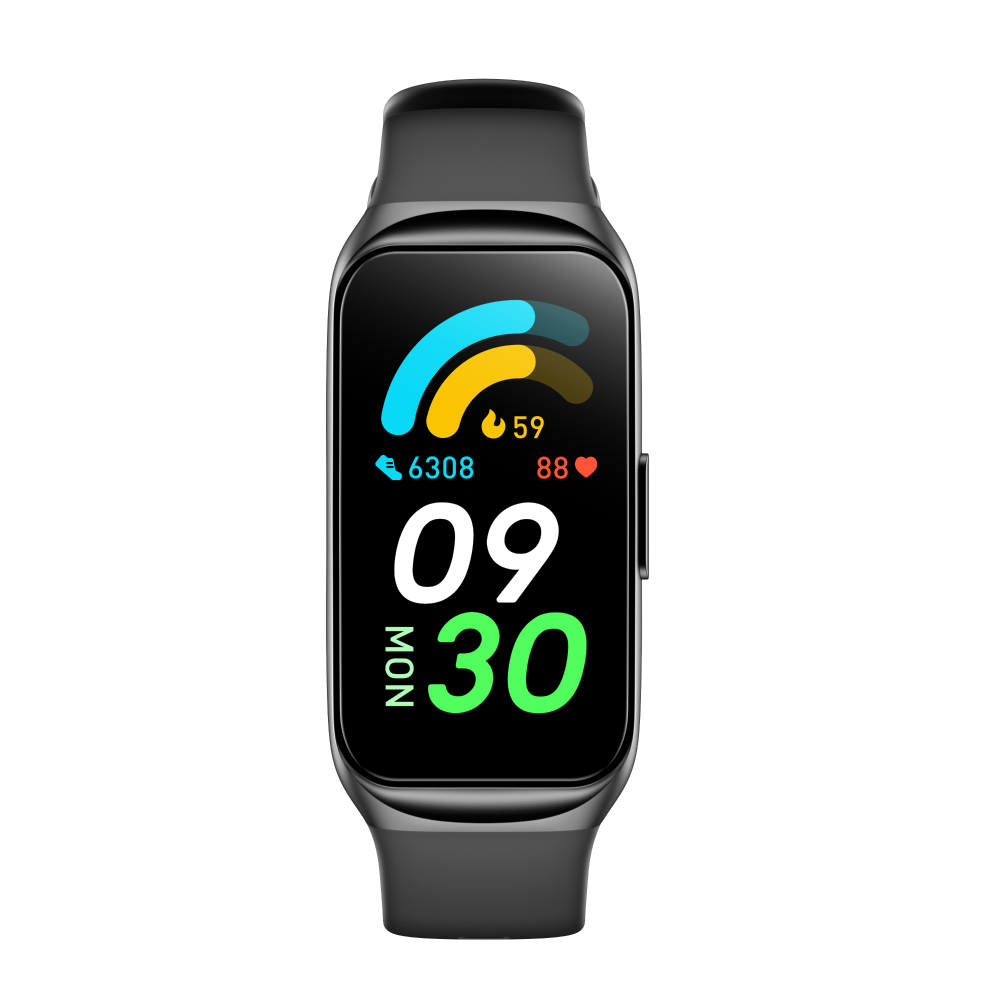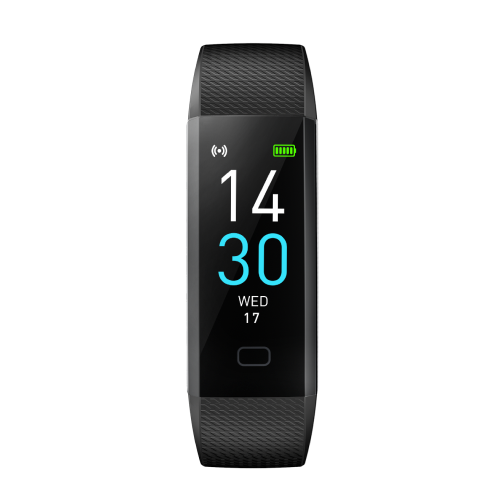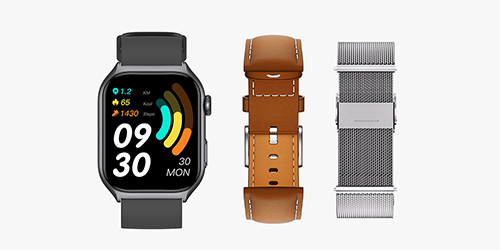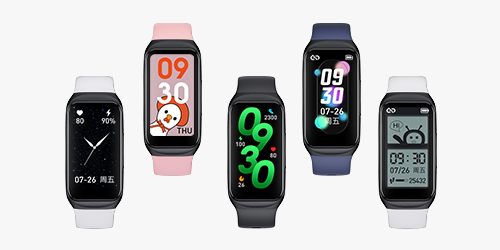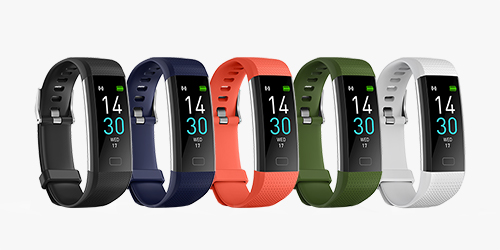Feeling stuck with your running? You’re putting in the miles, but your pace isn’t getting better? Interval training is one of the most effective ways to build speed and endurance. It’s efficient, intense, and great for building speed. But let’s be real: nailing the perfect interval session is HARD.
Are you sprinting too hard? Or not hard enough? Without real-time feedback, you’re just guessing.
Are you still using your phone to time your rest? That breaks your focus and ruins your rhythm.
Training hard but not improving? That’s frustrating. You might be in the wrong heart rate zone.
It’s time to stop guessing. A good running watch can be your best training partner and personal coach. It tracks your pace, your heart rate, and your recovery, telling you when to push yourself and when to rest.
Why Interval Training Unlocks Faster Running
What is interval training? It’s when you switch between hard running and easy running or walking. You don’t run at the same pace the whole time. Instead, you mix fast and slow parts during your workout.
There are different kinds of interval training. One common and popular type is called high-intensity interval training, or HIIT. In HIIT, you run very fast (like sprinting) for a short time, then take a break or run slowly. The key is to approach your limit during the power phase.
When you train like this, you challenge your muscles and cardiovascular system. This helps your body adapt quickly, leads to increased VO2 max and better overall stamina. Over time, your body gets stronger and faster.
But not all interval training has to be high intensity. You can also alternate between moderate efforts and easy jogs. Either way, compared to steady-state cardio, intervals burn more calories in less time and make workouts far less boring.
Whether you’re training for a marathon or just want to get faster, this method can help.
Key Metrics for Smarter Training
If you want to improve your running, it helps to track a few important numbers. These numbers tell you how hard you’re working. They also help you train at the right effort, avoid doing too much, and see your progress.
- Heart Rate: This shows your real time heart rate during training. It helps you stay in the right training zone.
- VO2 Max: This measures how well your body uses oxygen. A higher number usually means better fitness.
- Max Heart Rate: This is the highest number your heart can reach during hard exercise. Your smartwatch can guess this based on your age or past runs.
When you watch these numbers, you can train smarter and reach your goals faster.
How to Use Your Running Watch for Interval Workouts
Most smartwatches let you create custom interval workouts. For example, set it to beep when it’s time to sprint, then again when it’s time to recover. Watches like Garmin, Apple Watch, or Runmefit make this super easy.
Designing Interval Workouts
Here are some simple options:
400 m repeats: Run hard in Zone 4/5 for 400 m, recover in Zone 1/2 for equal time, repeat 6–8 times.
HIIT session: 1 min jog, 30 sec hard sprint (Zone 5), repeat 10–15 times.
Fartlek (speed play): Mix easy and fast segments based on feel and watch readings.
Understanding Heart Rate Zones
Heart rate zones are different levels of effort based on how fast your heart is beating. You can estimate your max heart rate using the formula: 220 minus your age. But most smartwatches, like the Runmefit or Garmin models, use built-in heart rate sensors and past data for more accuracy.
These running watches can clearly and intuitively display these zones during exercise, helping you monitor your heart rate in real time and choose the right pace for different types of exercises. That way, you’ll always know whether you’re training for endurance, speed, or recovery.
Each zone helps you train for a different goal:
- Zone 1 (Recovery): 50–60% of your max HR. This zone is best for easy runs and recovery.
- Zone 2 (Endurance): 60–70% of your max HR. This zone helps build stamina and is good for long runs.
- Zone 3 (Threshold): 70–80% of your max HR. This zone improves your ability to run at a steady pace.
- Zone 4 (VO2 Max): 80–90% of your max HR. This zone helps you run faster by boosting your top-end speed.
- Zone 5 (Anaerobic/HIIT): 90–100% of your max HR. This zone is used for short, intense efforts like sprints.
Training in the right zone can help you get better results and avoid doing too much.
How to Find Your Max Heart Rate and Zones
You can estimate your max heart rate using the formula: 220 minus your age. But most smartwatches, like the Runmefit or Garmin models, use built-in heart rate sensors and past data for more accuracy.
Once you have your max HR, your watch can divide it into zones. That way, you’ll always know whether you’re training for endurance, speed, or recovery.
Why Use a Watch?
A good running watch can really help your training. It gives you tools that make your workouts easier and better.
- Heart rate readings: A watch with a good sensor shows your heart rate clearly. You’ll always know how hard you’re working.
- Alerts: If your heart rate goes too high or too low, the watch can beep or vibrate to let you know.
- Track progress: The watch saves your data. You can see if your VO2 max, speed, or recovery improves over time.
- Workout plans: Whether you’re training for a race or doing HIIT, your watch can guide you through each step.
Tracking Your Progress in Real Time
While you’re running, your watch shows helpful numbers like heart rate, calories, pace, cadence, and your heart rate zone. This real-time info helps you make changes right away. If your heart rate is too low during a sprint, you’ll know to go faster.
After each run, your watch saves the data. Over time, you can see if you’re getting fitter. Your VO2 max may go up, your recovery may get faster, and your resting heart rate may go down.
Choosing the Best Running Watch in 2025
In 2025, a good running watch should be more than just a timekeeper. It should help you train better, stay safe, and track your progress. The best models combine GPS, heart rate sensors, and smart features for training.
Here are some features to look for:
- Easy interval workout setup: Helps you follow HIIT sessions without confusion.
- Accurate heart rate monitoring: Keeps you in the right zone during your runs.
- VO2 max tracking: Shows how your fitness improves over time.
- Heart rate zone display: Helps you stay in the right training range.
- Long battery life: Important for long runs and race days.
Some watches also offer extra features like recovery advice, training load, or race pace suggestions.
Runmefit’s latest model does all of this. It is simple to use, has all the must-have tools, and doesn’t cost too much. It’s a great option for both beginners and experienced runners.
Final Thoughts
Interval training can help you become a stronger and faster runner. Using a running smartwatch for exercising can turn the guesswork into data-driven exercise. Your max heart rate, heart rate zones, and live heart rate monitor feedback help you train smarter, not harder. That’s how you turn a running watch into your training coach.
So strap on that running watch, set up your zones, and get intervaling—you’ve got this!

